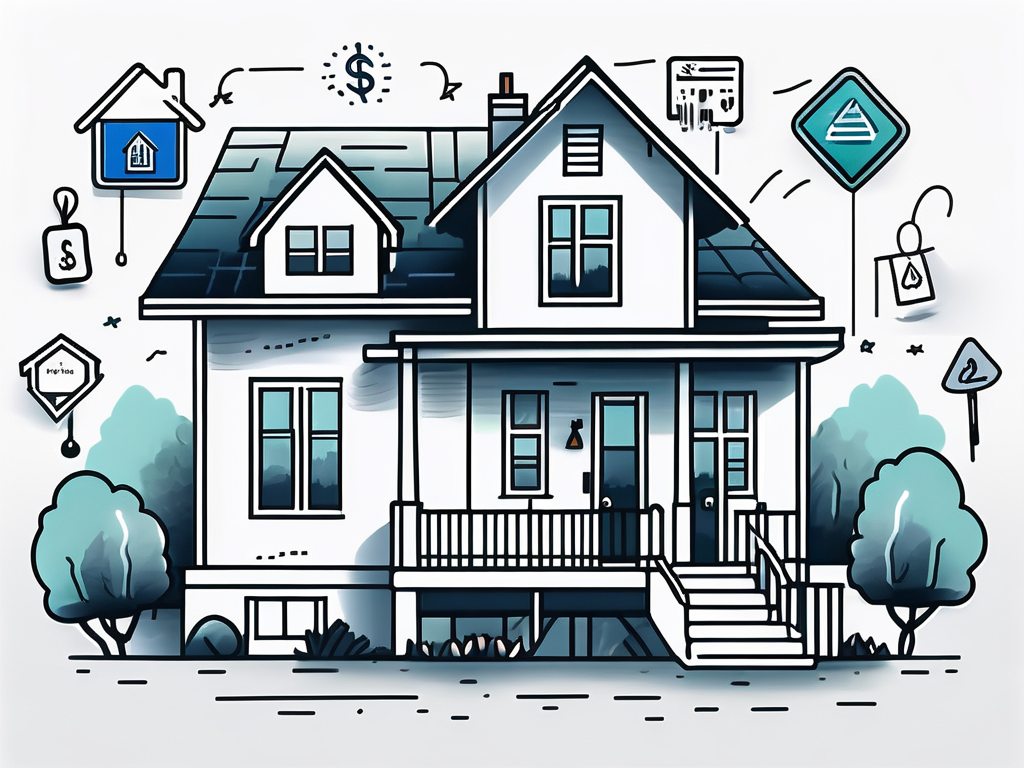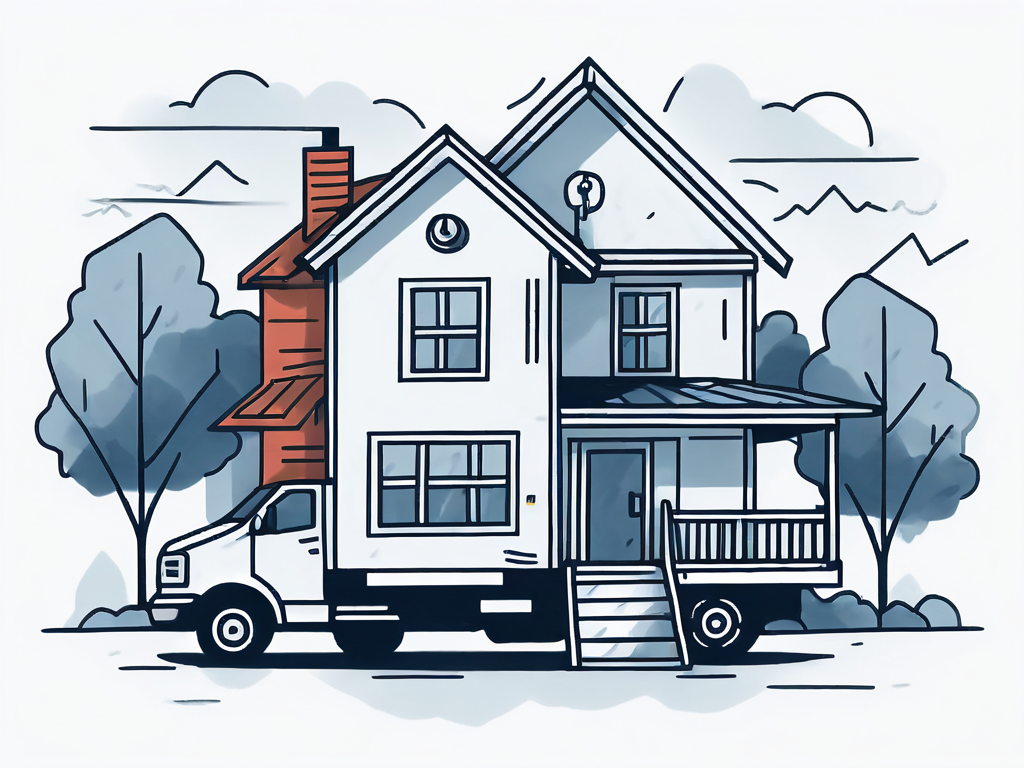Selling a home: costs and typical fees for sellers
Selling a home can be a thrilling journey, but it's also packed with a plethora of costs and fees that can sneak up on you if you're not prepared. But don't worry, we're here to guide you through the labyrinth of home selling expenses and help you understand the different options available to you when selling your home. So, grab a cup of coffee, sit back, and let's dive in!
Understanding the Costs of Selling a Home
Before we delve into the specifics, it's crucial to understand that selling a home isn't just about handing over the keys and collecting a check. There are numerous costs involved, from home repairs and staging costs to agent commissions and closing costs. These expenses can quickly add up, so it's essential to factor them into your budget when planning to sell your home.

Now, you might be wondering, "What are these costs, and how much should I expect to pay?" Well, the exact amount can vary significantly depending on your home's condition, location, and the selling method you choose. However, a general rule of thumb is to set aside about 10% of your home's selling price for these costs.
Options to Sell Your Home
When it comes to selling your home, you have several options at your disposal. You can go with a flat fee MLS service, opt for a discount brokerage, or hire a realtor. Each option has its pros and cons, and the best choice for you will depend on your specific circumstances and preferences.

Let's take a closer look at each of these options and the costs associated with them.
1. Using a Flat Fee MLS Service
A flat fee MLS service is a cost-effective way to get your home listed on multiple listing services (MLS), which are databases used by real estate agents to find homes for their clients. With this service, you pay a flat fee upfront, and you handle most of the selling process yourself, including negotiations and paperwork.
The main advantage of this option is the potential cost savings. The flat fee can range from $100 to $1,000, depending on the level of service you choose. However, this option requires a significant time investment and a good understanding of the real estate market. If you're a first-time seller or don't have much spare time, this might not be the best option for you.
2. Going with a Discount Brokerage
Discount brokerages offer a middle ground between doing everything yourself and hiring a full-service realtor. They provide some services, such as listing your home on the MLS and providing basic marketing materials, for a lower commission than traditional realtors.
The commission for discount brokerages typically ranges from 1% to 3% of the home's selling price. This can result in substantial savings, especially for higher-priced homes. However, keep in mind that you might need to handle some aspects of the selling process yourself, such as negotiations and open houses.
3. Hiring a Realtor
Hiring a realtor is the most traditional way to sell a home. Realtors handle every aspect of the selling process, from listing your home and marketing it to negotiating with buyers and handling the closing process. In return, they charge a commission, typically around 5% to 6% of the home's selling price.
While this option can be more expensive, it can also save you a lot of time and stress. Realtors have extensive knowledge of the real estate market and can help you navigate the complex selling process. If you're a busy person or don't feel comfortable handling the selling process yourself, this might be the best option for you.
Additional Costs to Consider
Beyond the costs of listing and selling your home, there are several other expenses you should consider. These include home repairs and improvements, staging costs, closing costs, and moving expenses.
Home repairs and improvements can increase your home's value and make it more appealing to buyers. However, they can also be quite costly, so it's important to carefully consider which repairs and improvements are worth the investment.
Staging costs can also add up. Staging involves arranging furniture and decor in your home to make it more appealing to buyers. While it can help your home sell faster and for a higher price, it can also cost several hundred to several thousand dollars, depending on the size of your home and the extent of the staging.
Closing costs are another significant expense. These are fees paid at the closing of a real estate transaction and can include title insurance, escrow fees, and transfer taxes. They typically amount to 2% to 5% of the home's selling price.
Finally, don't forget about moving expenses. Whether you're hiring professional movers or renting a moving truck and doing it yourself, moving can be quite costly. Be sure to factor these costs into your budget when planning to sell your home.
Conclusion
Selling a home involves numerous costs and fees, but with careful planning and a clear understanding of your options, you can navigate the process smoothly and successfully. Whether you choose to use a flat fee MLS service, go with a discount brokerage, or hire a realtor, the key is to choose the option that best fits your needs and budget.

Remember, selling a home is a significant financial transaction, and it's essential to make informed decisions. So, take your time, do your research, and don't hesitate to seek professional advice if needed. Happy selling!





